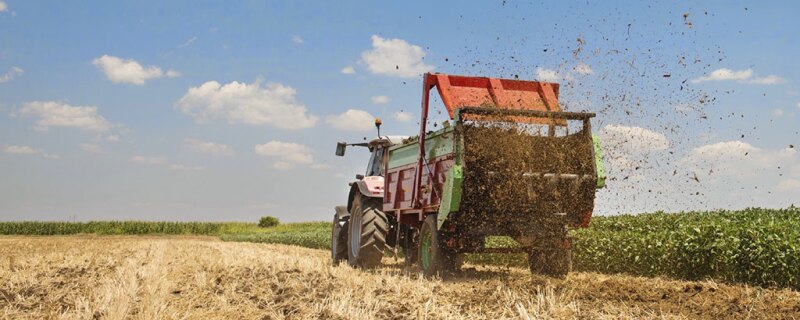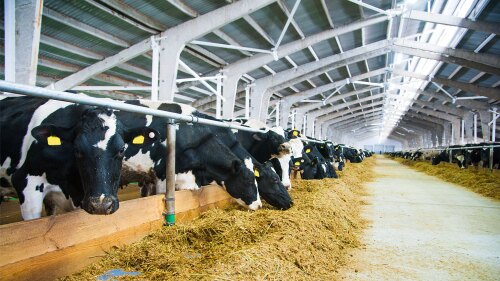Many livestock owners need to spread manure, even during the winter months. But winter snowfall and spring thaws can create challenges for manure management. When manure isn’t effectively absorbed into the soil, it can run off into surface water, ditches, and streams.
That means farmers must be attentive to the weather forecast when spreading manure. Manure should not be spread when the forecast is calling for rain or during a warming trend when snow is expected to melt.
Farmers should also avoid spreading manure on ice-packed ground. When the snowfall is interspersed with periods of rain and freezing, the ground may become saturated and frozen to the point where manure can’t effectively soak into the soil.
What is agricultural runoff?
Agricultural runoff is water from farm fields that is can happen when rain or melted snow gets absorbed into the ground, enters bodies of water, or evaporates.
Why is agricultural runoff bad?
Agricultural runoff is bad because it can carry pathogens, such as bacteria, viruses, and solids that can cause water quality problems along with contaminating rivers, lakes, streams, and wetlands. When these pollutants enter groundwater, it can affect our drinking water, which can lead to human health problems.
How can farmers prevent agricultural runoff?
Farmers can help prevent agricultural runoff by creating a barrier along the edges of their field with trees, shrubs, or grass. The barrier helps by absorbing the water instead of letting the farm water runoff into rivers, lakes, or streams. Another easy way to help prevent agricultural runoff is by improving application techniques, including applying the right amount of manure at the right time of year while using the correct method.
All in all, winter is a particularly risky time to be applying manure, and farmers are advised to wait for favorable conditions if they have the storage space. If soil is wet or frozen and a manure application just can’t wait, take special steps to reduce the risk:
- Select the flattest fields: 2% slope for liquid manure, 6% slope for solid.
- Exceed minimum setback distances along streams and other boundaries whenever possible
- Till along the end of the field and contours to create furrows to help capture runoff
- Apply manure on fields with the most crop residue
- Avoid applying to fields where furrows are full of ice and snow
- Keep application rate low to avoid runoff or ponding during application
- When possible, work manure into the soil immediately after application
Livestock owners should have contingency plans in place for disposing of manure when their own fields aren’t ready. Those plans might include a neighboring manure storage facility or neighboring farm fields.
Finally, know who to call if an agricultural runoff event does occur. Know your state’s spill hotline and call on their emergency resources when you need help.






